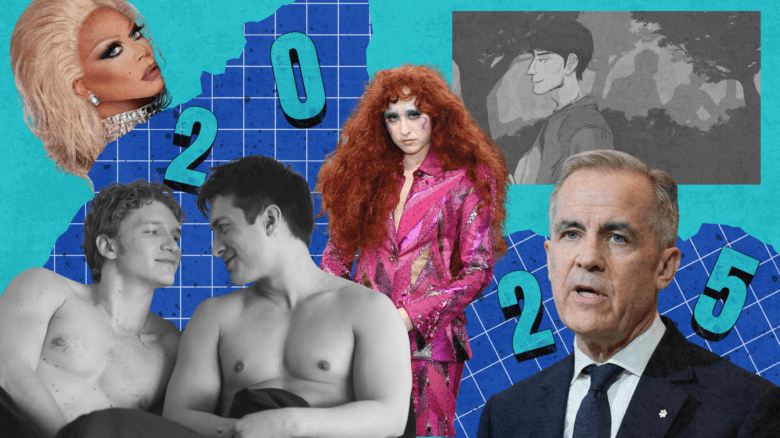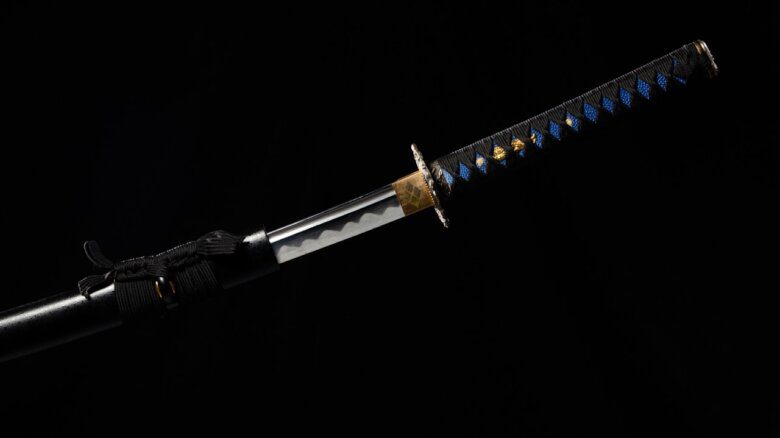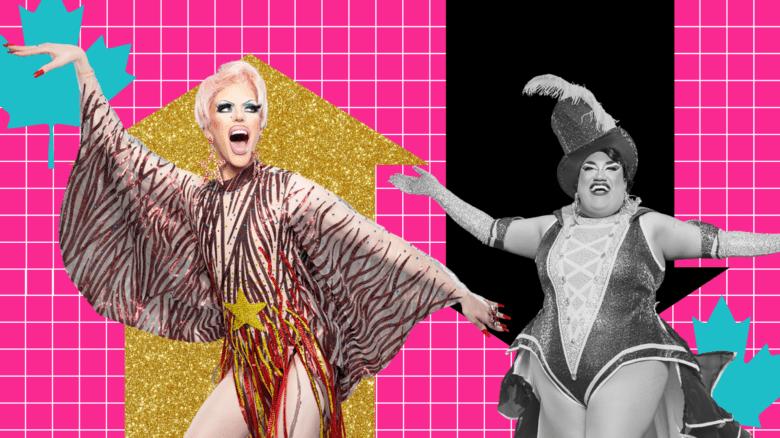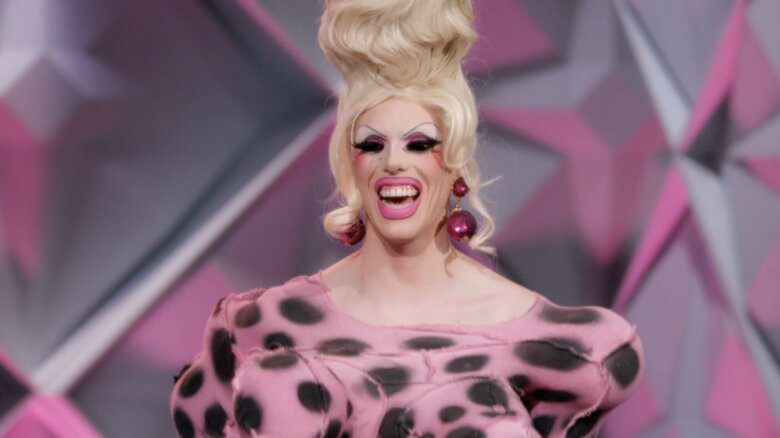Sexual Assault Awareness month is a great time to air our community’s dirty laundry, and the Ottawa edition of the Clothesline Project is doing just that on May 30.
A community-based art installation that was originally inspired by the AIDS quilt and is now mounted in more than 120 communities around the world each year, the Clothesline Project consists of anywhere from a few dozen to several hundred T-shirts decorated by women and children whose lives have been touched by violence.
The T-shirts themselves are colour-coded to reflect the nature of the violence that occurred — white for a woman who was killed, red, pink or orange for rape, lavender for a homophobic attack and black for a politically motivated attack. These shirts are decorated by survivors of violence to depict their stories and then hung on clotheslines for public viewing.
“The premise here is to really give public exposure to the issue and get it out from behind closed doors,” says Valerie Collicott of the Women’s Events Network, which each year organizes the Clothesline Project, Take Back the Night, the December 6 vigil and the annual International Women’s Day celebrations in Ottawa. “So often when people are experiencing violence, the abuser will say, ‘This matter stays in our home,’ or ‘This is our business and nobody else’s.’ We really want to bust that myth wide open because it’s a societal problem. We all have to take ownership and help do something about [this].”
The Clotheslines Project was conceptualized by US visual artist Rachel Carey-Harper and first appeared as an installation of 31 T-shirts in Hyannis, Massachussetts, in October 1990, depicting experiences of physical and sexual assault on Cape Cod. Carey-Harper says the idea of the exhibition was to borrow imagery from women’s lives, exposing stories of violence by way of something traditionally considered women’s work, which also offers an apt metaphor.
As part of the May 30 event, members of the public are invited to add to Ottawa’s archive of stories by decorating T-shirts with representations of their personal experiences of violence — shirts and supplies will be on hand for anyone who wants to take part.
“Right now, we have groups that are doing painting in some of the women’s shelters and peer support groups in town. We’ll also have the opportunity to have people come by [and paint a T-shirt] on May 30 at [Minto Park],” says Collicott.
The Ottawa Clothesline Project, which has exhibited next to the Women’s Monument each May since 1997, has now amassed several hundred T-shirts to display. These days, the exhibit takes place during the Ravenswing Craft and Zine Fair — a one-day outdoor event showcasing local independent artists and artisans, which is co-organized by local queer writers Faye Estrella and Sean Zio.
“One of the main political motives of Ravenswing is anti-oppression,” says Zio. “We wanted to start this fair as a space where people would feel safe — there’s no room for homophobia or racism or sexism at all. So when the Clothesline Project came onboard, it fit really well with [the ideals of] speaking against violence and oppression.”
“It’s actually a really good mix. [Ravenswing is] very eclectic — everything from vegan food sales to spoken-word poets and singers,” says Collicott. “People come to the Clothesline Project and maybe do a little painting, then they stroll through the Ravenswing section of the event. People really enjoy the mix, and we support each other with the draw of people, too. It’s a really collaborative effort that we’ve got going.”
 Why you can trust Xtra
Why you can trust Xtra


